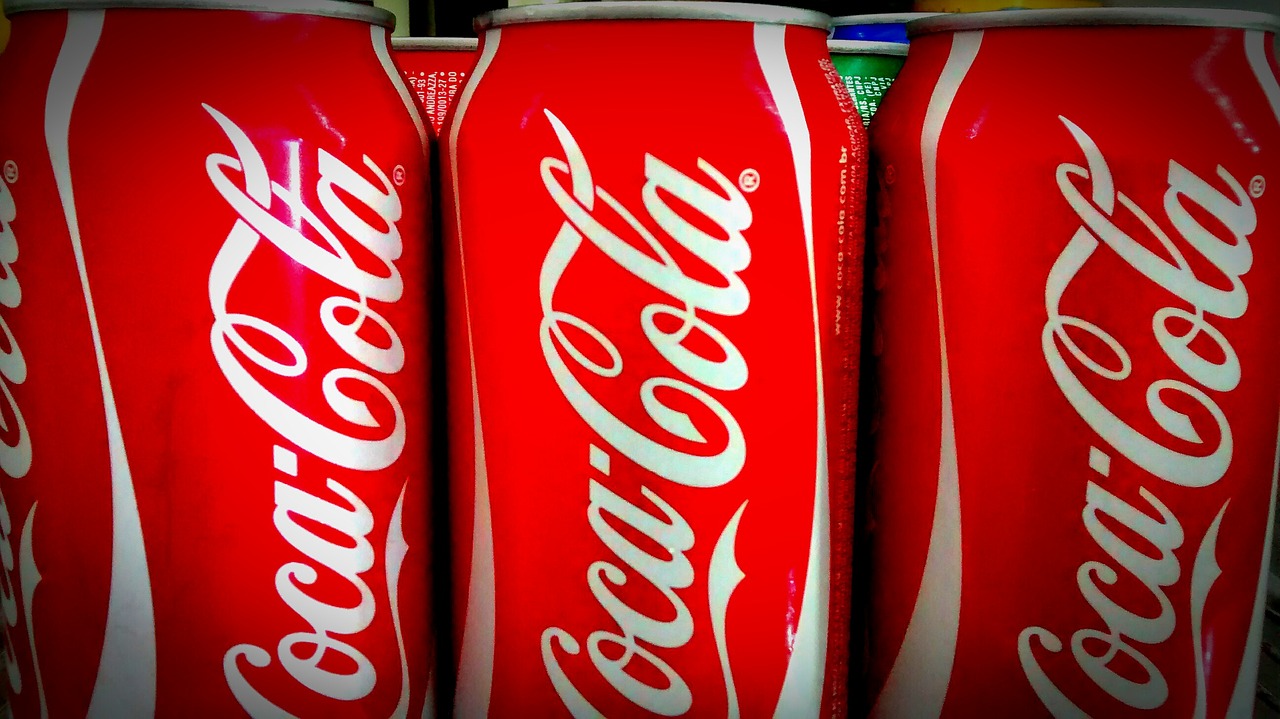
Different Strategies and Cultures Matter
Our organizational alignment research found that the combination of different strategies and cultures accounts for 71% of the difference between high and low performing companies in terms of revenue growth, profitability, customer loyalty, leadership effectiveness, and employee engagement. So we thought we would take on the Coke vs. Pepsi challenge in terms of strategy and culture. Not as thirst quenching, but interesting to us none the less.
Let’s start with some definitions.
The Definition of Corporate Strategy
An effective corporate strategy outlines clear and compelling choices about where to play and what actions to take (hopefully all on simple to understand one page strategy map). Done right, a successful strategic plan sets a company up to perform beyond the sum of its parts by providing clear guidance and direction in the following areas:
The Definition of Corporate Culture
Workplace culture is best defined as how and why work truly gets done within an organization. It reflects the unwritten rules, shared values, team norms, and everyday behaviors that shape decisions and relationships across every level of the company. Culture is what a new employee must understand to be accepted — the invisible code that determines what’s rewarded, what’s discouraged, and what makes the organization uniquely itself.
Though often intangible, culture reveals itself clearly when someone acts outside the accepted norms. In those moments, you see what the organization really believes, values, and stands for — not through policies or slogans, but through people’s reactions and choices.
Different Strategies and Cultures: Coke vs. Pepsi
Although Coke and Pepsi compete in the same global markets with remarkably similar products, their organizational cultures reflect fundamentally different strategic priorities. The culture that enables success at Pepsi would not necessarily thrive at Coke — and vice versa — because each company has shaped its way of working to align with its unique strategic intent.
Coke maintains a focused strategy built almost entirely around beverages, emphasizing choice, convenience, and the consumer. Its culture reinforces a singular dedication to brand building, global consistency, and product innovation within the beverage category.
Pepsi, on the other hand, has intentionally diversified far beyond soft drinks, expanding into snacks and packaged foods. Guided by its “Performance with Purpose” philosophy, Pepsi’s culture emphasizes agility, cross-category innovation, and health-oriented product development — with nearly half of its revenue now coming from better-for-you offerings.
These differences illustrate a critical truth: strategy and culture must reinforce each other. Even in the same industry, how a company defines success — and how people work together to achieve it — depends on the culture that best supports its chosen path.
Coke vs. Pepsi Strategic Imperatives
To take the example one step farther, Coke has five strategic imperatives and Pepsi-Co has six. While they both want profitable growth, their strategic areas of focus are slightly different in how they plan on making it happen.
| Coke’s Strategic Imperatives | Pepsi’s Strategic Imperatives |
|---|---|
|
|
Slight Differences in Strategic Focus Can Mean Major Differences in Cultural Execution
Although Coke and Pepsi share many of the same foundational values — integrity, collaboration, and a commitment to quality — subtle distinctions in strategic focus have led to significant differences in how their cultures come to life. Both companies aim to foster organizational health, but Pepsi appears more intentional in embedding culture as a core driver of business success.
By explicitly naming a “focus on organizational culture” as one of its six strategic imperatives, Pepsi signals that culture isn’t a byproduct of strategy — it’s a deliberate strategic choice. This clarity gives leaders permission and accountability to shape behaviors, systems, and decisions that align with purpose and performance. Coke, while equally value-driven, tends to integrate culture more implicitly through its brand identity and consumer focus, rather than as a formally defined strategic lever.
The result? Even small differences in how strategy prioritizes culture can dramatically influence how people think, act, and execute across an organization.
Using the 10 Dimensions of Culture to Understand Coke and Pepsi
We know from assessing organizational culture that the real cultural impact on business performance comes down to HOW each company approaches 10 research-backed cultural dimensions tied to their strategic imperatives. Let’s take a look at all ten.
The Bottom Line
Different strategies and cultures are two sides of the same coin — and both must be deliberately aligned to drive performance. While strategic priorities, like those of Coke and Pepsi, are visible to the public, the cultural forces that power (or hinder) execution often remain hidden beneath the surface. Over time, Pepsi’s explicit emphasis on culture as a strategic imperative may well prove to be a defining advantage. The real question for every organization is this: Is your culture truly aligned with your strategy — and strong enough to deliver on it?
To learn more about how to align different strategies and cultures, download How to Build a Purposeful and Aligned Culture – Your DNA for Success
Explore real world results for clients like you striving to create higher performance